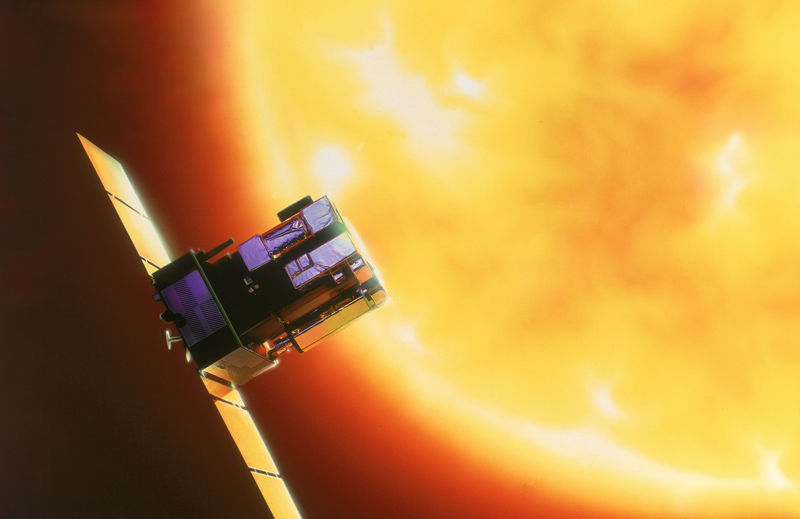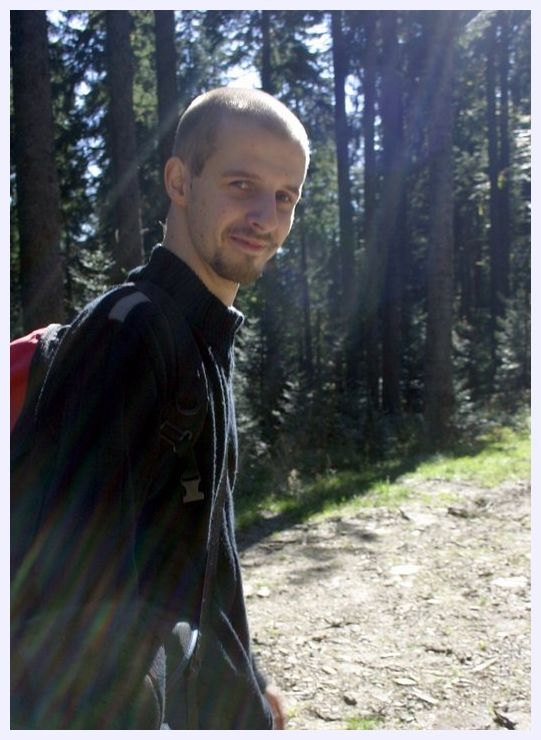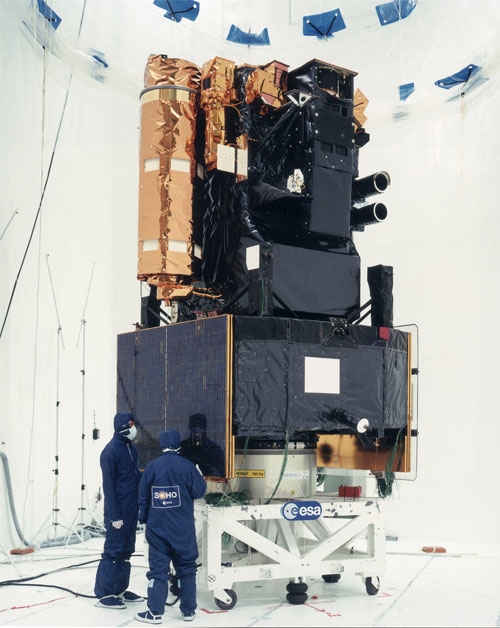20 January 2011
10 new comets detected every month

We didn’t expect the SOHO spacecraft to discover so many comets, since its prime mission is to study the Sun,” says Jean-Yves Prado, SOHO programme manager at CNES. “But today, it is the most prolific comet finder of all time.”
Every month, ten or so comets are teased out of the pictures obtained by LASCO1, the coronagraph on SOHO.
The instrument masks out the Sun to reveal light-emitting objects within its vicinity, notably comets.
And so it was on 26 December 2010 that Michal Kusiak found SOHO’s 2,000th comet.

Michal Kusiak is a Polish student and amateur astronomer.
Like many other keen amateurs, this young man loves sifting through LASCO images on the mission website in an attempt to spot comets, which most often appear as tiny dots of light.
“There’s a lot of emulation among amateur astronomers, and that’s great,” says Philippe Lamy, an astrophysicist at the OAMP observatory in Marseille and LASCO-C2 principal investigator. “Because human eyes remain much better than automatic detection techniques at spotting objects that move consistently over a series of images.”
Ten scientific publications

Most of the comets discovered by LASCO are in very similar orbits that approach so near the Sun that they vaporize and dissapear,” explains Philippe Lamy. “These comets belong to the Kreutz family of sungrazers believed to be the remnants of a single large comet.”
Thanks to this rich harvest of sungrazers, scientists are studying the phenomenon of sublimation, focusing in particular on degassing of sodium, as well as the size of their core and the process of comet fragmentation.
Their research has given rise to 10 scientific publications.

Another instrument on SOHO, designed by French scientists, has helped to identify 10 comets,” says Jean-Yves Prado. “This is the SWAN2 instrument, which is aiming to map the hydrogen around the Sun and out to the edge of the solar system.”
And because comets give off large amounts of hydrogen in their tail, they are immediately found out.
“SOHO was launched in 1995 and is now starting to show signs of age. Some of its instruments are barely used any more. However, that’s not the case with LASCO, which will no doubt be the last instrument still left operating,” concludes Jean-Yves Prado.
SOHO’s comet-hunting days are not over yet!
1 Large Angle and Spectrometric Coronagraph: Naval Research Laboratory (United States) / LAM astrophysics laboratory, Marseille (France) / Max Planck Institute for Solar System Research (Germany) / University of Birmingham Astrophysics and Space Research Group (UK).
2 Solar Wind Anisotropies: LATMOS atmospheres, environments and space observations laboratory (France) / Finnish Meteorological Institute (Finland).